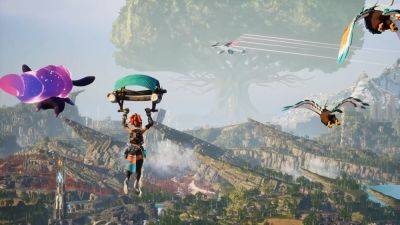Google claims it's been able to simulate 'self-replicating' digital life, but its 'primordial soup' needs a pinch of salt
Google researchers claim that, in an experiment simulating what happens when you leave a bunch of code strings alone for millions of generations, they've observed the emergence of «self-replicators» from what began as non self-replicating code chunks. New Scientist rather implausibly claims this «could mirror—or at least shed light on—the emergence of actual biological life.»
Hm. This is one of those studies where the experiment and findings definitely feel consequential, but at the same time need some heavy caveating. Google has not somehow simulated the emergence of life as it happened on Earth. What its researchers may have possibly done is suggest a new theory for how non-living molecules could come together to form living molecules, ie, how biological life ever began at all.
The news comes from a recently published paper titled "Computational Life: How Well-formed, Self-replicating Programs Emerge from Simple Interaction." The raw material for the experiments is tens of thousands of pieces of code, written in a programming language called—I'm not making this up—Brainfuck. The researchers call this an «esoteric language chosen for its simplicity» in only allowing two mathematical functions: +1 or -1. These chunks of code were randomly mixed, combined, and «left to execute code and overwrite themselves and neighbors based on their own instructions» over millions of generations.
The expected result was no result, that the code would all remain random with no particular trends. Instead, self-replicating programs emerged, which self-replicated themselves over multiple generations to swiftly hit the experiment's population cap.
That's not all: in the above scenario, new types of replicators often emerged, and in some cases out-performed and replaced the previous self-replicator.
Google's Ben Laurie, one of the study's authors, told New Scientist that what's special about this experiment is that it didn't have any parameters beyond the randomness: “It all fizzes







